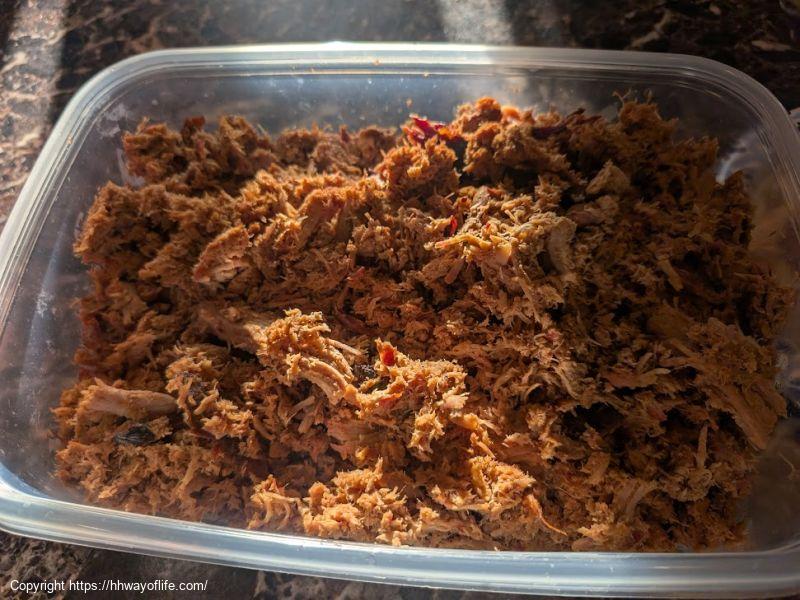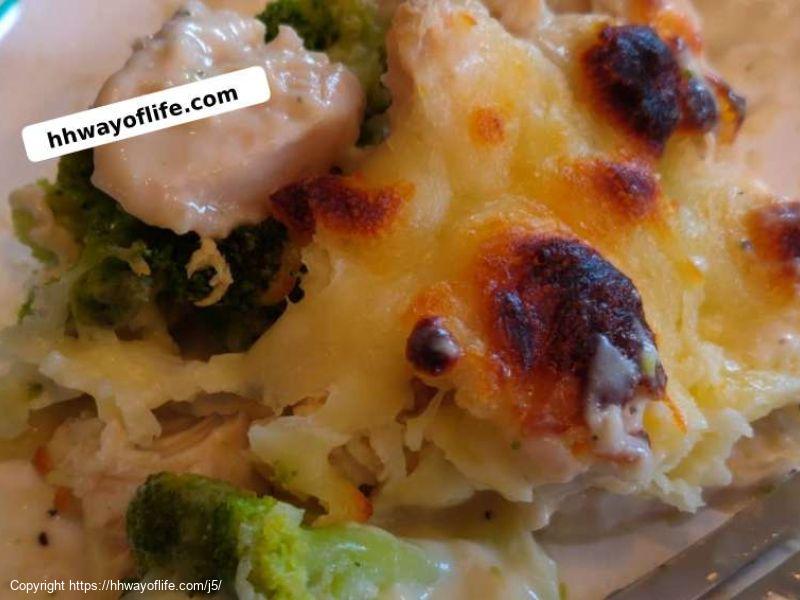Food Nutrition Facts
Nutrition Facts For
Wine - Riesling (White)
Portion Size: 1 glass (5 ounces)
| Nutrient | Value | % Daily Value* |
|---|---|---|
| 113.0 kcal | 6% | |
| 0.0 g | 0% | |
| 0.0 g | 0% | |
| 0.0 mg | 0% | |
| 4 mg | 0% | |
| 0.0 mg | 0% | |
| 4.3 g | ||
| 0.0 g | ||
| 4.3 g | ||
| 4.3 g | ||
| 0.1 g | ||
| White Wine |
*Daily value based on a 2,000 calorie diet. Your daily values may be higher or lower depending on your calorie needs and health goals.
Calculate your daily calorie needs here
Nutrition Facts For 1 glass (5 ounces) of Wine - Riesling (White)

Riesling is an aromatic white grape variety originating from the Rhine region of Germany. It's celebrated for its versatility, capable of producing wines ranging from bone-dry to lusciously sweet, all while maintaining a signature aromatic intensity and refreshing acidity.
Key Characteristics:
- Aromatic Intensity: Riesling is known for its intensely fragrant bouquet, often displaying notes of green apple, apricot, peach, and pear. Depending on the ripeness and terroir, you might also find hints of citrus (lime, grapefruit), honeysuckle, and even a distinctive petrol-like aroma (particularly in older, dry examples).
- High Acidity: This is a defining characteristic of Riesling, providing a vibrant backbone that balances sweetness in sweeter styles and contributes to its remarkable aging potential. The acidity keeps the wine lively and refreshing.
- Versatility in Sweetness: Riesling can be produced in a wide spectrum of sweetness levels, from bone-dry (trocken) to off-dry (kabinett, spätlese) to intensely sweet (auslese, beerenauslese, trockenbeerenauslese, eiswein). This versatility makes it a fantastic pairing for a diverse range of foods.
- Terroir Expression: Riesling is highly expressive of its terroir, meaning the soil, climate, and vineyard location significantly influence the wine's character. This leads to a fascinating diversity of styles even within the same sweetness category.
- Aging Potential: High-quality Rieslings, particularly those with good acidity and structure, can age beautifully for decades, developing complex tertiary aromas like honey, beeswax, and dried fruit.
- Typically Light to Medium Body: While the flavor intensity can be significant, Riesling wines are often light to medium in body, contributing to their elegance and drinkability.
Flavor Profile:
The flavor profile of Riesling is heavily influenced by its ripeness level.
- Dry Rieslings: Often exhibit crisp green apple, citrus (lime, grapefruit), and mineral notes, with a dry, refreshing finish.
- Off-Dry Rieslings: Balance a touch of sweetness with vibrant acidity, showcasing flavors of ripe stone fruit (peach, apricot) alongside citrus and floral hints.
- Sweet Rieslings: Display concentrated flavors of honey, candied fruit, marmalade, and tropical notes, balanced by the characteristic high acidity to prevent them from being cloying.
Regions:
While originating in Germany, Riesling is grown in many other regions around the world, including:
- France (Alsace): Known for producing dry and aromatic Rieslings with a richer texture.
- Austria (Wachau, Kremstal, Kamptal): Produces dry and elegant Rieslings with distinct minerality.
- Australia (Clare Valley, Eden Valley): Famous for producing dry Rieslings with distinctive lime and petrol notes as they age.
- United States (Washington State, New York's Finger Lakes): Produces a range of styles, from dry to sweet, with bright fruit and acidity.
- Canada (Niagara Peninsula, Okanagan Valley): Known for producing excellent ice wines and dry styles.
In summary, Riesling is a captivating white wine celebrated for its intense aromatics, vibrant acidity, and remarkable ability to express its terroir. Its versatility in sweetness levels makes it a wine for many occasions and palates, and its aging potential rewards patient collectors.







